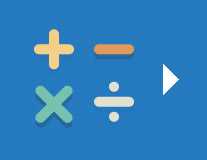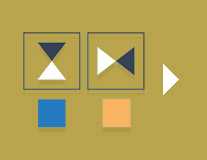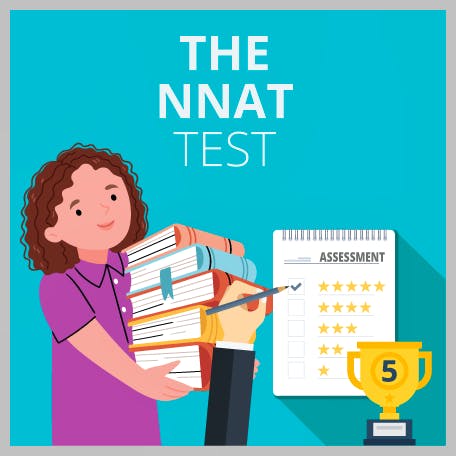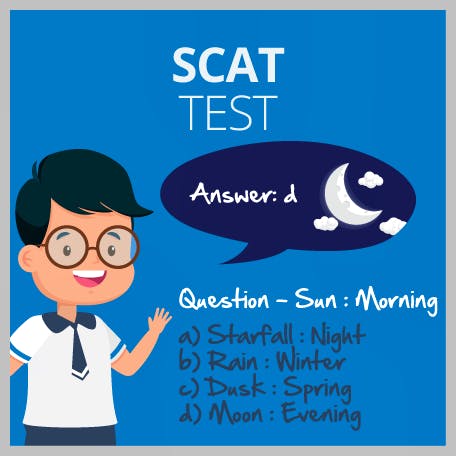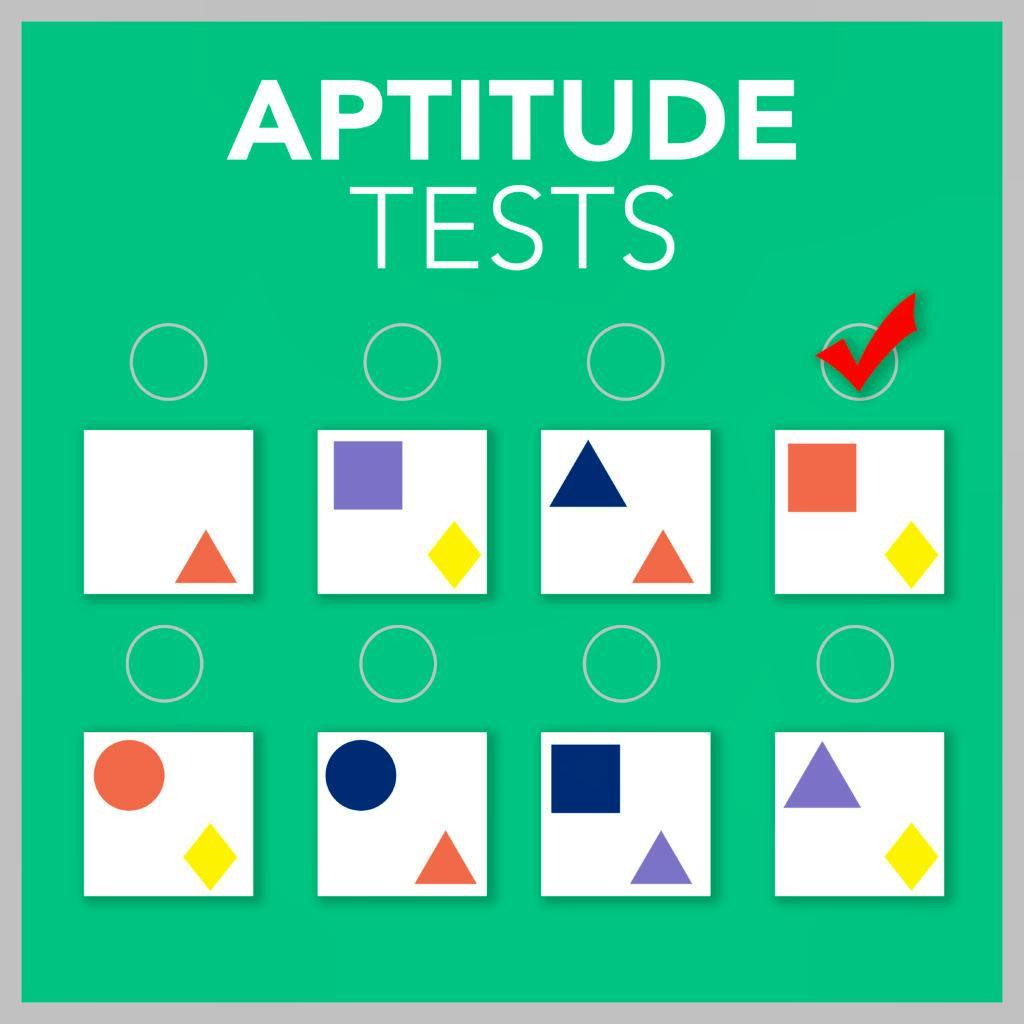The School and College Ability Test (SCAT)
Updated November 18, 2023

- A List of SCAT Tests Available for Practice in 2024
- What Are SCAT exams?
- Why Is the SCAT an Above Grade Level Test?
- What Is the Format of the SCAT Test?
empty
empty
- SCAT Test Results
- SCAT Test Sample
empty
empty
empty
- How Is the SCAT Test Scored?
empty
empty
empty
- How to Prepare for the SCAT Test: Tips
- Frequently Asked Questions
- Final Thoughts

The School and College Ability Test (SCAT) is used by the Johns Hopkins University Center for Talented Youth (CTY).
The results determine a student’s eligibility for gifted and talented programs.
This article focuses on what to expect in this challenging test. It includes SCAT test practice questions and tips on preparing your child for success.
What Are SCAT exams?
The SCAT test is a multiple-choice computer-based examination. It is administered through Prometric centers.
The test was created in 1985 and computerized in 1996.
Registering for the test costs $60.
The test is split into two sections:
- The first part focuses on verbal abilities
- The second part on mathematical reasoning
The results of the SCAT test determine a candidate's eligibility for Center for Talented Youth (CTY) programs.
The results also identify gifted and talented students who would benefit from enrichment programs or accelerated course programs.
The test can be taken on a flexible schedule at any point in the year. It can be taken at test centers by appointment or at home at your convenience.
If taken at home, a laptop or desktop computer with a webcam must be used. To maintain academic credibility, the test is proctored via a webcam.
There are three different levels of SCAT test depending on a student's grade.
- Elementary SCAT – Used for students in grades two to three
- Intermediate SCAT – Used for students in grades four to five
- Advanced SCAT – Used for students in grades six and above
Why Is the SCAT an Above Grade Level Test?
SCATs are above-grade-level tests. This means they assess abilities that apply to students in the grades above.
When students take a test at their current working level, a number of them can all score at the high end.
For these students, it is difficult to differentiate between their competencies.
When they take an above-grade-level test, they will score differently and individual talents can be recognized.
The test reveals student talents and uncovers previously unrecognized abilities.
It is advised that students take the test later in the academic year. This gives them time to further develop their abilities and achieve the best score possible.
What Is the Format of the SCAT Test?
The SCAT test is taken on a computer. There are two sections to complete. Each section contains 55 questions.
Of these 55 questions, five of them are classed as experimental.
These questions are not identified on the test. The results of these do not count towards the final score.
The total time allocated for the SCAT test is 90 minutes.
However, the test generally takes less than an hour to complete.
1. Verbal Reasoning
In this section, students are required to answer 55 questions within 22 minutes. The questions are designed to assess a candidate's ability to reason verbally and understand meaning.
The questions are presented as verbal analogies. A pair of words are given and a corresponding pair must be selected from the options provided.
2. Quantitative Reasoning
This section assesses a candidate's mathematical reasoning ability. There are 55 questions to answer in 22 minutes.
The questions present numerical quantities that must be compared. Students are asked to state whether a given quantity is greater than, lesser than or equal to the options given.
In the intermediate and advanced SCAT, there may not be enough information to decide. In this case, this answer can also be selected as an option.
Students are advised to take a 10-minute break between the two sections. This is optional and a shorter break can also be taken.
SCAT Test Results
When taken at a test center, results can be viewed in the student’s CTY account after 48 to 72 hours.
The results for the online SCAT test take between seven to 10 days for processing. An email notifies parents when they are able to view the results.
Your child’s results are shown in comparison to students in the same grade as well as students in the grades above.
SCAT Test Sample
To help you with your SCAT preparation, we've included some sample questions for each of the levels below.
Find the lettered pair of words that go together in the same way as the first pair of words:
Sun : Morning
a) Starfall : night
b) Rain : winter
c) Dusk : spring
d) Moon : evening
Choose the right answer from the four options:
| Column A | Column B |
|---|---|
| The number of days in a week | 6 |
a) The part in column A is greater
b) The part in column B is greater
c) The two columns are equal
d) There is not enough information to decide on the right answer
Find the lettered pair of words that go together in the same way as the first pair of words:
Puppy : dog
a) Calf : cow
b) Cat : fur
c) Stable : horse
d) Bird : chicken
How Is the SCAT Test Scored?
The SCAT test can feel challenging. This is because students are tested on questions designed for the grades above them.
Once results are available to view on the CTY online account, an email alert is sent to parents.
This also outlines which CTY programs your child's score qualifies them for.
The test results are compared with peers in their grade as well as grades above them.
For example, a 4th or 5th grader's results will be compared with 6th and 7th graders.
This determines if a student has skills above the average of their regular grade peers.
If a student is unsuccessful, they can test once more during the same academic year (July to June).
A student’s SCAT score remains valid until they reach the next level SCAT.
The SCAT test is scored in three ways:
1. The Raw Score
This is the number of questions that were answered correctly out of 50. The five 'experimental' questions are not included in this score.
2. The Scaled Score
This is a conversion of the raw score. It enables comparisons to be made with the scores of other candidates at the same grade level.
Scores range between 400 and 514 depending on the level of the test.
- Elementary verbal range – 401 to 471
- Elementary quantitative range – 412 to 475
- Intermediate verbal range – 405 to 482
- Intermediate quantitative range – 419 to 506
- Advanced verbal range – 410 to 494
- Advanced quantitative range – 424 to 514
To qualify for prestigious CTY programs, the minimum scores to qualify at each grade are:
- Grade Two – 430 verbal, 435 quantitative
- Grade Three – 435 verbal, 440 quantitative
- Grade Four – 440 verbal, 450 quantitative
- Grade Five – 445 verbal, 465 quantitative
- Grade Six – 450 verbal, 470 quantitative
- Grade Seven – 455 verbal, 475 quantitative
- Grade Eight – 460 verbal, 480 quantitative
- Grade Nine – 465 verbal, 485 quantitative
- Grade Ten – 470 verbal, 490 quantitative
3. The SCAT Percentile Score
This score is used to compare results with students in a higher grade. A candidate in the 5th grade for example will be ranked alongside 6th-grade students.
If a student scores in the 50–75th percentile, they may be eligible for gifted programs within their school.
They will also be offered additional resources to support their educational development.
Students scoring above the 75th percentile are considered gifted and talented. They benefit from the input of a mentor or tutor.
If a student scores in the 90th percentile or above in both sections, they can be offered a place on a CTY course.
They are considered to be working at a higher grade than their peers and can gain entry to higher level qualifications earlier.
How to Prepare for the SCAT Test: Tips
Remind your child that the SCAT test is an above-grade-level test. It will feel challenging and they don't need to feel upset if they don't understand a question.
To help support your child, here are some SCAT test prep tips to help prepare beforehand as well as succeed on the day.
Step 1. Read Regularly
Support your child by reading a variety of texts together. This will expose them to a wide range of vocabulary.
Consider the relationships between words and note down any new vocabulary.
Step 2. Brush Up on Basic Math
Practice basic mathematical operations together. Pay particular attention to the relationships between different amounts.
Step 3. Practice Sample SCAT Questions
Having an understanding of the types of questions to expect will help your child feel prepared. There are various sample questions and practice SCAT tests online you can use.
Practice in timed conditions to give them an idea of how long to spend on each question. This will also help improve their speed.
Step 4. Manage Stress
In the run-up to the test, encourage your child to get enough sleep and eat a healthy diet. Remind them to take time out for relaxation as well as exercise.
This helps to reduce stress and they will feel at their best on test day.
Step 5. Keep Calm on Test Day
During the test, your child is presented with questions that appear difficult. Remind them not to panic as they are not expected to know all the answers.
The tests are set at a higher grade level to challenge students. This means they will feel out of their comfort zone.
Step 6. Manage Your Time
Students must answer every question but don't let them spend too long on each one. There are only 22 minutes to complete them all.
Students can return to their previous answers by clicking on the 'previous' button.
Step 7. Read Questions Carefully
Encourage them to remain focused during the test. Ask them to read the questions carefully so they are sure of what they are being asked to do.
Step 8. Take a Guess
If they are unsure of an answer, they should take their best guess.
Eliminate any options they are sure are incorrect before taking a guess at the remaining ones.
Students are not penalized for giving an incorrect answer.
Step 9. Build on Foundations
Make sure your child has a good foundation of the knowledge required at their current grade level.
This gives your child confidence before introducing concepts from the grades above.
The SCAT test is an above-grade-level test taken between grades two to twelve.
It is used to confirm eligibility for gifted and talented programs at CTY.
There are various sites online that provide sample questions.
Start preparing well in advance to increase your chance of success.
The SCAT test is an above-grade-level test so it feels challenging.
Students are tested on concepts that apply to the grades above their current academic level.
There are two sections to the SCAT test. Each section contains 55 questions.
The SCAT test is specifically designed for students between grades two and twelve.
Yes, the test can be taken online at a test center or at home.
Passing scores vary depending on the level the student takes.
Scores range between 400-514 depending on the test level.
A SCAT test score is needed to gain entry into gifted and talented programs at CTY.
The scores can also be used to arrange additional academic support in schools.
The SCAT test time is set to 90 minutes.
However, most students finish in less than an hour.
SCAT test sample questions and tips can be found online.
This article provides useful tips to help parents support their children with SCAT test prep.
The SCAT test can be taken twice within an academic year.
The test covers verbal analogies and quantitative reasoning.
Final Thoughts
Tests are stressful experiences for children. The process itself and worries about success can be daunting.
Preparing for the SCAT in advance will give your child the best chance of success and a positive academic future.
With paid for and free online SCAT test prep resources, you can help your child to prepare fully beforehand and boost their confidence. Make learning fun and don’t focus solely on testing.
Reassure them that doing their best on the day is what matters.



